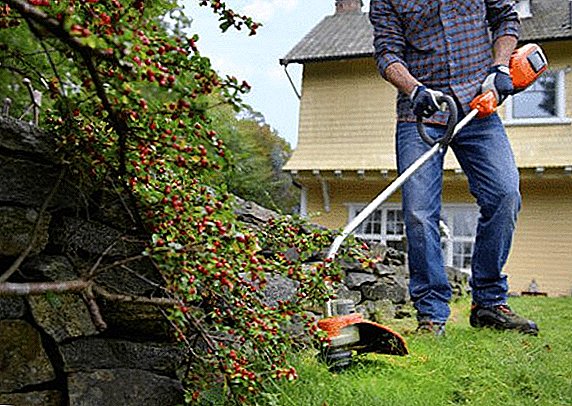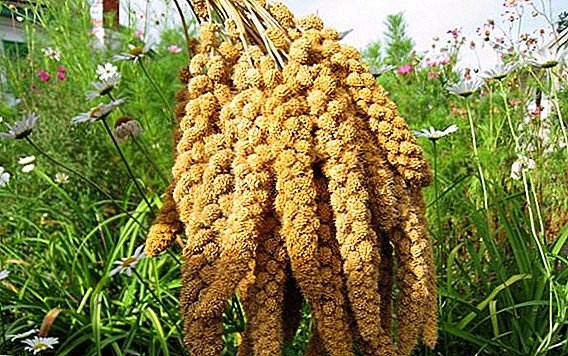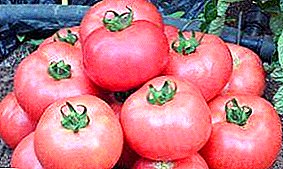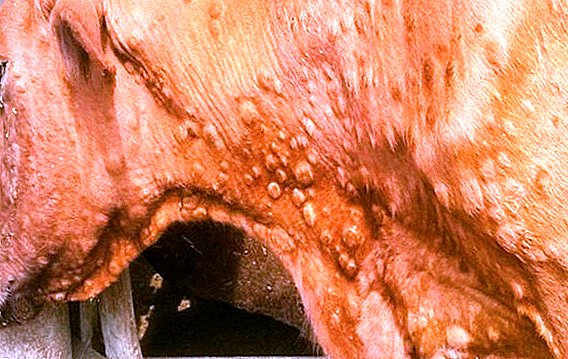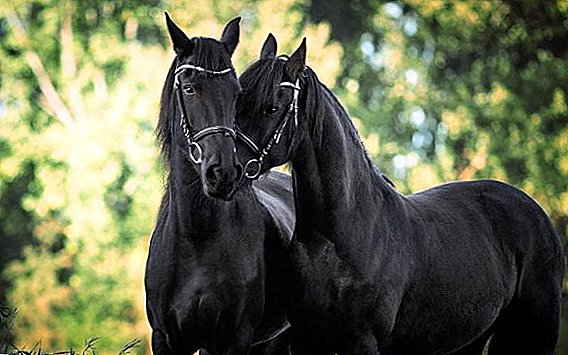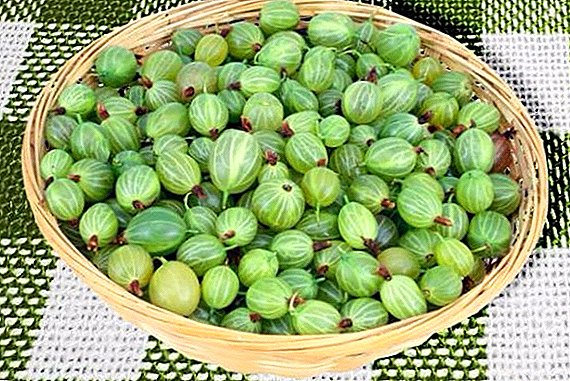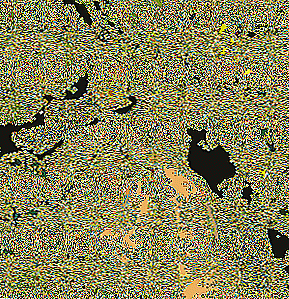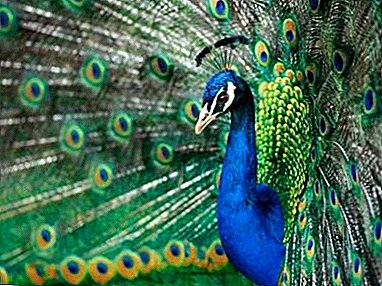
Breeding peacocks in a home farm is a popular and profitable business. The cost of one individual (up to 1 month old) is 3000 rubles. Birds adapt to different temperature conditions, get used and listen to the owner.
Successful breeding of peacocks is possible with a good hen or incubator. What are the features of the incubation of peacock eggs?
Process Reference
Incubation of peacock eggs in an incubator is one of the essential components of modern poultry farming. This process is especially important for peacocks, since the pavilion has a poorly developed hen instinct.
Improving technology allows you to get young at any time of the year. In the incubator, a careful control over the state and development of the embryo takes place.
Features
Peacock eggs are much smaller than chicken eggs. Their size resembles the size of turkey eggs. The color is creamy, there are small dark patches all over the shell. The shell is thin, eggs are difficult to transport.
Selection and storage
 Incubation of peacock eggs at home, storage temperature. You need to pick only the eggs of the correct form, with a minimum of stuck feathers or litter on the shell.
Incubation of peacock eggs at home, storage temperature. You need to pick only the eggs of the correct form, with a minimum of stuck feathers or litter on the shell.
Before harvesting, the farmer needs to wash his hands to minimize rice contamination. It is recommended to conduct the selection up to 19 hours. Only fresh eggs are used for laying in the incubator - they are stored for no longer than 10 days.
How to cook for a bookmark?
Attention! The presence of large pores and irregularities in the shell makes the egg unsuitable for incubation. But it is important for farmers to keep in mind that peacock eggs are usually not culled because of their high value and small quantity.
The first step is to determine the number of eggs (how many chicks you want to get). Remember that individuals do not hatch from all eggs. To store a fertilized egg before laying it is necessary at a temperature of from 15 to 20 degrees. Every day you want to turn every egg. If storage occurs in a cool room, before laying it is necessary to hold the eggs in a warm room - this will prevent a large evaporation of moisture.
Disinfection
How to clean the eggs of peacocks for an incubator? Carry out the procedure using formaldehyde to destroy pathogenic microflora on the shell. How to use formaldehyde?
- Pour up to 30 ml of formalin with water into an enamel container.
- Add sodium permanganate (same volume).
- To stir thoroughly.
- Put in the chamber where the eggs are stored.

Due to a chemical reaction, gases will be released, which will destroy dangerous microorganisms. The volume of the presented mix will be enough for processing of 1 sq.m.
Do I need to wash?
It is believed that when washing from a shell the protective film is erased. If there is a strong contamination, the egg can be treated with iodine solution (1%). Also used for cleaning special devices - egg machines.
Stages of embryo development
The first stage is the development of blastodisc. This is a small clot of cytoplasm, which is located inside the yolk. Then the development of the embryo includes the following steps.
- Osmotic food - up to 30 hours in an incubator.
- The formation of blood vessels and the yolk sac - 2-6 days.
- Getting air through allantois (respiratory organ).
- The development of tissues and organs.
- Beak formation - from the 20th day in the incubator.
Everything about the device
 Depending on the type, specific settings are set. To select the correct mode of incubation of peacock eggs you need to use the instructions. The simplest incubators require manual control. - the farmer needs to independently monitor the temperature, the rotation of the eggs and the humidity. In more expensive models, these procedures are brought to automatism, but control of the poultry farmer over the indicators is necessary.
Depending on the type, specific settings are set. To select the correct mode of incubation of peacock eggs you need to use the instructions. The simplest incubators require manual control. - the farmer needs to independently monitor the temperature, the rotation of the eggs and the humidity. In more expensive models, these procedures are brought to automatism, but control of the poultry farmer over the indicators is necessary.
It is necessary to regularly wash the device of any kind. To do this, wipe and vacuum the surface, disinfect it with bleach (15 drops per 1 liter of water). Including the incubator is allowed after complete drying.
How to make the incubator yourself, described here.
Term
The incubation period for peacock eggs is 28-30 days (average). Difference from other birds - the presence of plumage in chicks. Individuals begin to fly early: 5-7 days after birth.
Mode
The first 19 days the temperature should remain at around 38.4 degrees. From 21 days, the indicator should be reduced to 37 degrees, since before birth the chick begins to breathe and needs more oxygen. The optimal moisture level for peacock eggs is less than 60%. An increase in this indicator will lead to the evaporation of water, and a decrease to the drying up and death of the embryo.
Home Table
| Day of incubation | Temperature reading | Humidity level | The need to turn | Do you need airing? |
| 1-6 | 37.8-38.0 ° C | 60% | 4-8 times a day | - |
| 7-15 | 37.8-38.0 ° C | 60% | 4-8 times a day | - |
| 16-20 | 37.8-38.0 ° C | 60% | 4-8 times a day | 2 times a day for 20 minutes |
| 20-27 | 37.5-37.7 ° C | 70% | - | - |
Step by step detailed instructions
- The start of incubation is the day of laying eggs. At this time, you need to set the mode: set the temperature and humidity. During the first 7 days it is not recommended to change the parameters, since the embryo is formed. At this stage it is necessary to provide comfortable and stable conditions.
- Mandatory actions - turning eggs (so that the embryo does not stick). It is important not to forget to screen the eggs. Pay attention to the color and structure of the spot - the germ.
- In the second week of incubation temperature decreases and the rollover procedure continues. During this period, the air must not be allowed to be dry - the chick needs moisture.
- One week before the chicks airing should be carried out - air will increase metabolism and gas exchange. In recent days, eggs are not recommended to touch. At this stage, you can hear a squeak from the egg. It is important for the farmer to ensure good air circulation (drafts are prohibited). Healthy chicks crumble the shells for 3-4 blows.
- musk duck eggs;
- quail eggs;
- ostrich eggs;
- duck eggs;
- geese eggs;
- pheasant eggs;
- Guinea fowl eggs;
- turkey eggs;
- Indoot eggs.
The room
Poultry farmers practice shows that peacocks eggs should be placed in an incubator in the evening (in the morning with the help of ovoskop it will be possible to see unfertilized specimens). Before each egg should be heated to room temperature.
Translucent
 When ovoskopirovaniya (x-ray) the embryo is seen from the 1st day of incubation. The intensity of development is determined by the following indicators:
When ovoskopirovaniya (x-ray) the embryo is seen from the 1st day of incubation. The intensity of development is determined by the following indicators:
- embryo size (spots);
- the position and boundaries of the spot;
- yolk sac development;
- the presence of a vascular network;
- size of the air chamber.
Common mistakes
In the list of frequent errors - the wrong place for the thermometer. The flask should be level 1 with the surface of the eggs. If the thermometer is located near the ventilation system - the indicators will be incorrect. Another problem is different temperatures in different areas of the incubator.
To eliminate this, eggs should be moved regularly. In the list of errors there are also big breaks in turning over and lack of moisture - the individuals will have thin paws and poor pubescence.
What to do after hatching?
Chicks need to dry, then move them into prepared boxes with heating around the clock. Peacocks-kids are notable for their mobility - in a few days they will jump onto the edge of the box (it is recommended to cover it with a net).
Lay a clean rag on the bottom or sprinkle with sawdust. Peacock cubs are forbidden drafts. Professional breeders recommend growing individuals under heating devices - brooders. Feed the chicks to the first day of life. Cottage cheese, chopped greens with an egg, small crackers are suitable for food.
Peacocks are rare exotic birds. Their removal at home is possible only if all the rules of incubation. As a result, beautiful birds will become a real decoration and source of profit.


